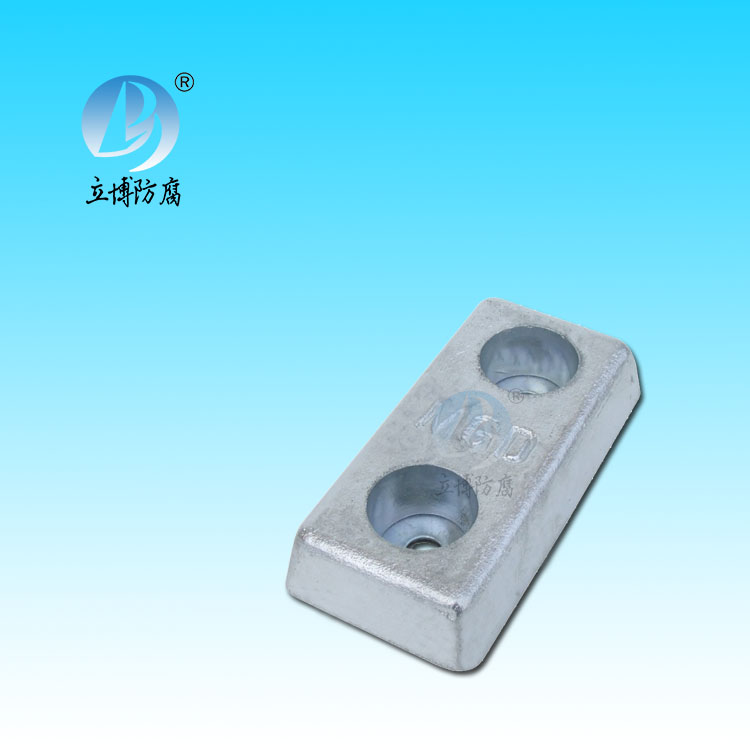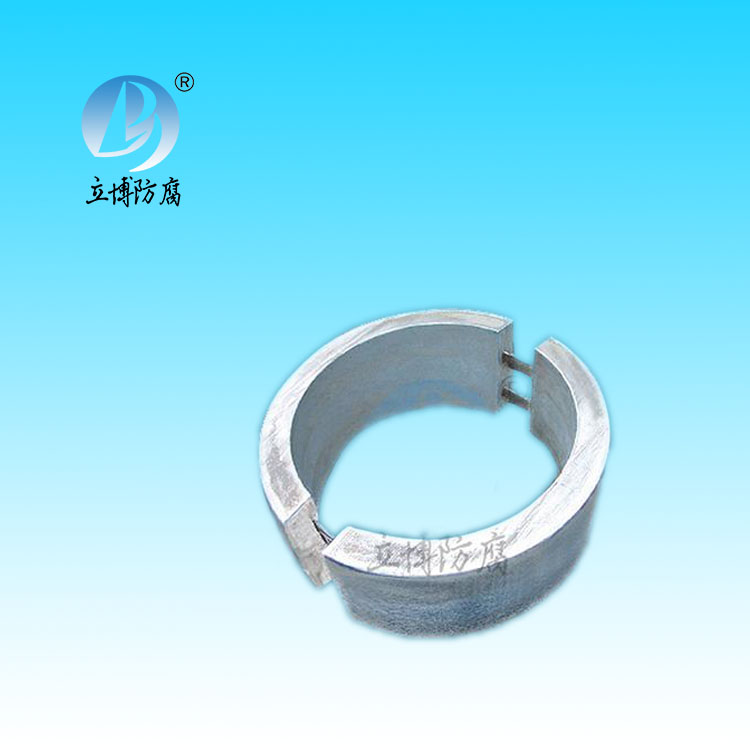News
News
- What is a sacrificial anode
- Basic requirements for reference...
- What does the reference electrode do...
- Why are zinc blocks attached to the ...
- What is the principle of impressed...
- What material does metal structure...
Contact
Phone:18739187123
hotline:0391-7588881
E-mail:970512272@qq.com
Address:Wuzhi County, Jiaozuo City, China
Industry News
Measurement potential, potential measurement
- Author:Libo
- Source:wwww.voypictures.com
- Date:2021-06-11
- Click:0
Cathodic protection manual, which is considered a measurement error. It can be kept small by using a capillary probe on the reference electrode. This is used in the laboratory, but in engineering practice (such as taking measurements in soil), it is generally not feasible. For this reason, other methods have been tried to separate the electrochemical polarization effect from %. This is achieved by using different temporal correlations [5]. It is assumed that the electrical characteristics of the surface and the dielectric at the phase boundary can be expressed in parallel circuits of resistors and capacitors. In the equivalent circuit, these resistors and capacitors RC are connected in series with the power supply UR as an electrostatic potential. Rp and CD of the boundary surface and rM and CM of the medium were used. Connect to the resistance voltage drop. When the polarization current is disconnected, this difference disappears in an instant. This is the case when the two values are merged slowly into static use. When investigating unknown systems in the laboratory, it should always be noted that the surface film formed by the increase in polarization caused by the electrochemical data at the conversion current can be extended to about 1s of measurement. The IR - free potential drop of steel measured by needle in neutral water and soil is E1, and the IR - free potential drop measured without capillary probe is E2. From this difference, a depolarization of 50mV can occur in the above example in 0.1s. Accordingly, the cut-off potential measurement must be completed within 0.1s. Figure 3-3 immediately confirms this result. A steel electrode is polarized by the cathode in soil sludge.







 客服QQ
客服QQ